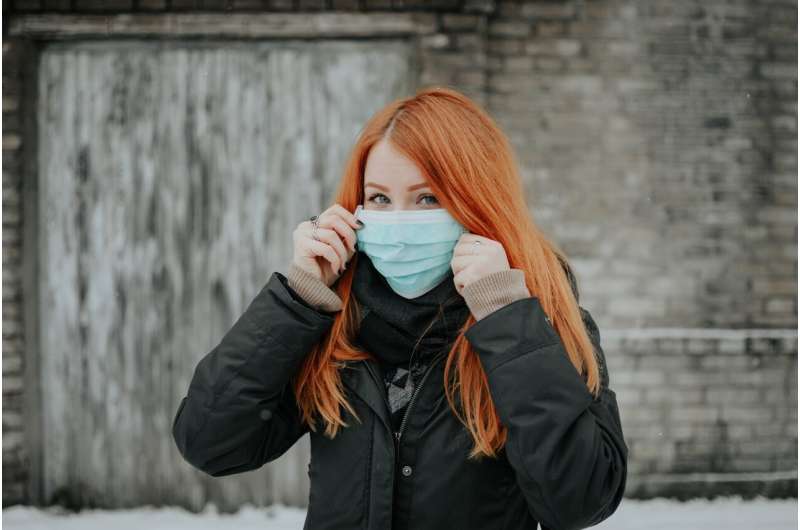Credit: CC0 Public Domain
A new study suggests the lungs may not be the main factor that reduces exercise ability in people recovering from severe COVID-19. Anemia and muscle dysfunction also play a role. The study is published ahead of print in the Journal of Applied Physiology. It was chosen as an APSselect article for May.
COVID-19, the disease caused by the SARS-CoV-2 virus, was described primarily as a respiratory disease in early 2020. People who are hospitalized with severe forms of the disease, including "COVID pneumonia" and breathing difficulties, often have a reduced capacity for physical activity when they continue to recover at home. SARS-CoV-2 can also cause cardiovascular complications in hospitalized patients. More recently, the medical community has expressed concern about detrimental muscle changes associated with COVID-19. Emerging research explores, in part, how decreased muscle function affects recovery.
Researchers in Italy studied 18 people who were hospitalized for COVID-19 infection. Immediately before being released from the hospital, the volunteers participated in exercise tests that included riding a semi-recumbent stationary bicycle. During the activities, the research team monitored the volunteers' blood oxygen levels, heart function and lung volume.
Compared to healthy people of the same age, sex and weight, "exercise capacity was roughly reduced by one-third in the [COVID-19] survivors," explained Sergio Caravita, MD, Ph.D., corresponding author of the study. "However, despite some persistent lung abnormalities, the great majority of [the volunteers recovering from COVID-19] did not stop exercise due to lung impairment. … Instead we found that exercise capacity after COVID-19 was reduced as a consequence of muscular factors and anemia."
Credit: American Physiological Society
Inflammatory anemia caused by SARS-CoV-2 and muscle loss from prolonged bedrest during hospitalization, contributed to muscle fatigue, the researchers explained. These factors also caused many of the recovering volunteers to hyperventilate during exercise, which exacerbates the breathing problems commonly associated with COVID-19.
The study's findings might help reassure those who had COVID-19 that these residual symptoms are, in most cases, not dangerous, the research team explained.
"Impact of COVID-19 on exercise pathophysiology. A combined cardiopulmonary and echocardiographic exercise study," is published ahead of print in the Journal of Applied Physiology.
More information: Claudia Baratto et al. Impact of COVID-19 on exercise pathophysiology. A combined cardiopulmonary and echocardiographic exercise study, Journal of Applied Physiology (2021). DOI: 10.1152/japplphysiol.00710.2020
Journal information: Journal of Applied Physiology
Provided by American Physiological Society
























